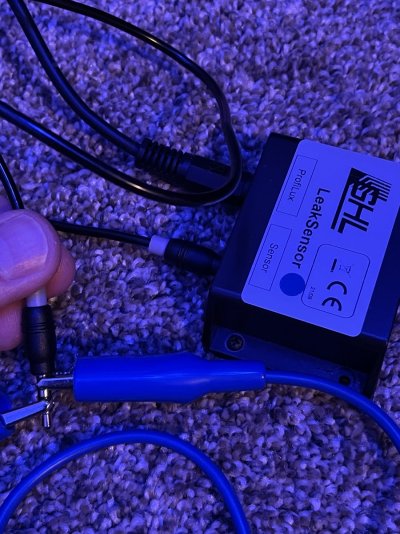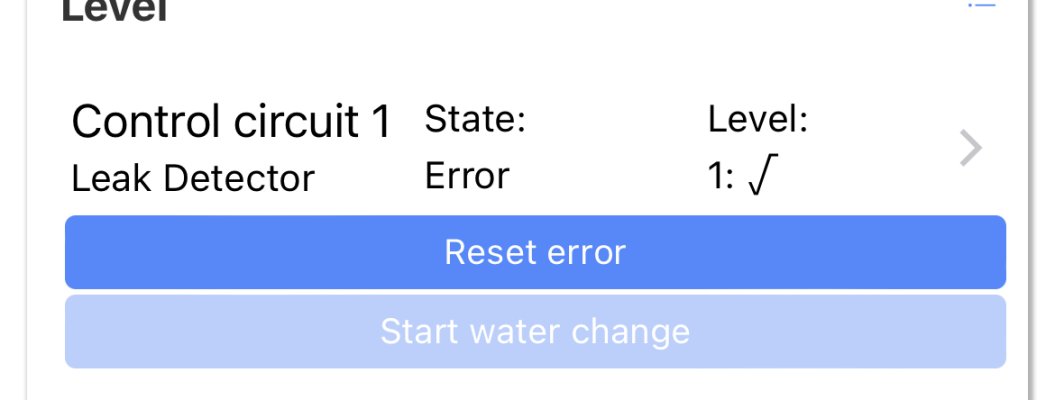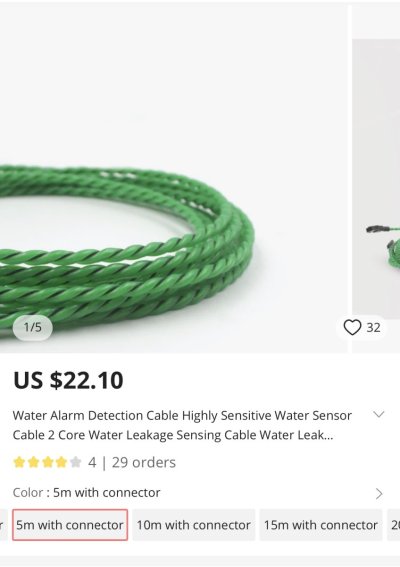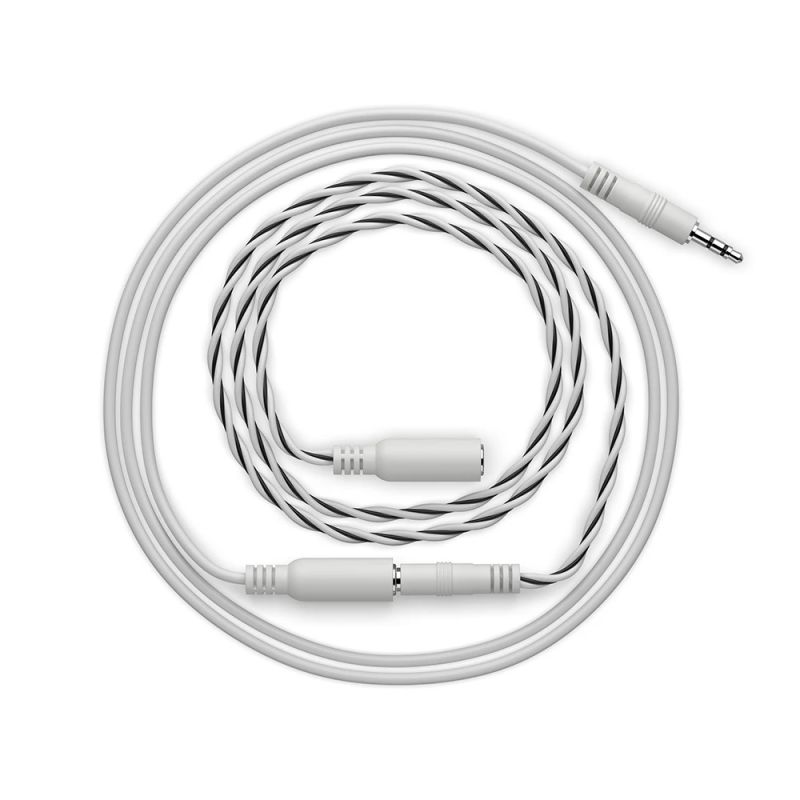So I am considering a Profilux controller as a gift to myself for finally completing by Bachelor's degree. I've looked at Apex (hate the build quality and cheap look), hydros (big contender) and GHL. The thing that's really making me interested in the GHL is the hardware build quality. It seems a lot of experienced reefers go for GHL and I don't hear as many problems as I do with Apex regarding hardware failures.
The one thing I really liked about Hydros was the leak rope. I imagined tucking this right under my tank stand and having piece of mind of knowing if I had a leak. I see that GHL has a leak detector, but the rope design seems so much better for my application. I'm wondering if I could adapt a hydros leak rope extension to plug into the GHL leak sensor. From what I understand they are essentially an open circuit closed by water that "triggers" the GHL. I presume the GHL sensor works the same. Does it seem possible to get a plug adapter for the Hydros Leak rope extension and convert it to the 3.5 mm plug on the leak detector? or perhaps even plug something like this into it:
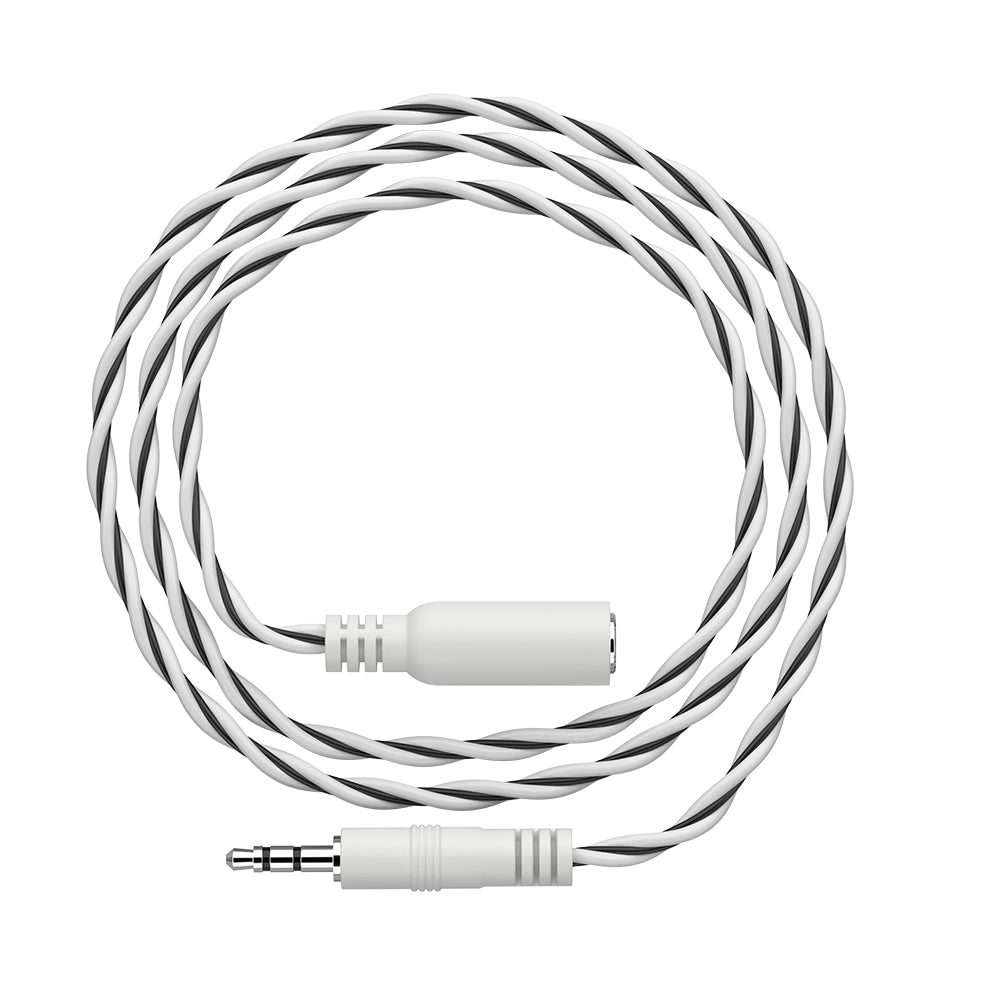
 shopleaksmart.com
shopleaksmart.com
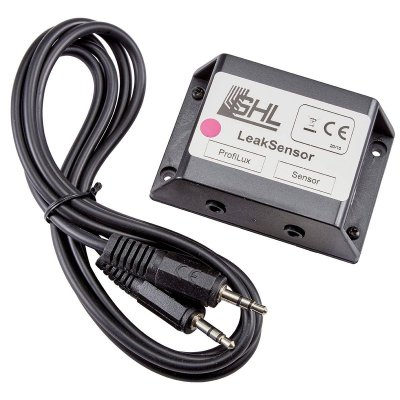
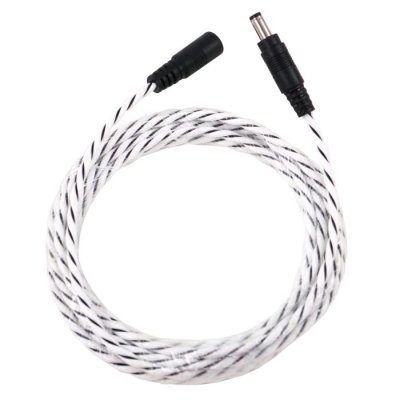
The one thing I really liked about Hydros was the leak rope. I imagined tucking this right under my tank stand and having piece of mind of knowing if I had a leak. I see that GHL has a leak detector, but the rope design seems so much better for my application. I'm wondering if I could adapt a hydros leak rope extension to plug into the GHL leak sensor. From what I understand they are essentially an open circuit closed by water that "triggers" the GHL. I presume the GHL sensor works the same. Does it seem possible to get a plug adapter for the Hydros Leak rope extension and convert it to the 3.5 mm plug on the leak detector? or perhaps even plug something like this into it:

SensXtend by LeakSmart Water Rope Sensor
Get smart home leak protection throughout your home with our Rope sensors. Eliminates the need to move appliances during sensor installation. Shop today!



